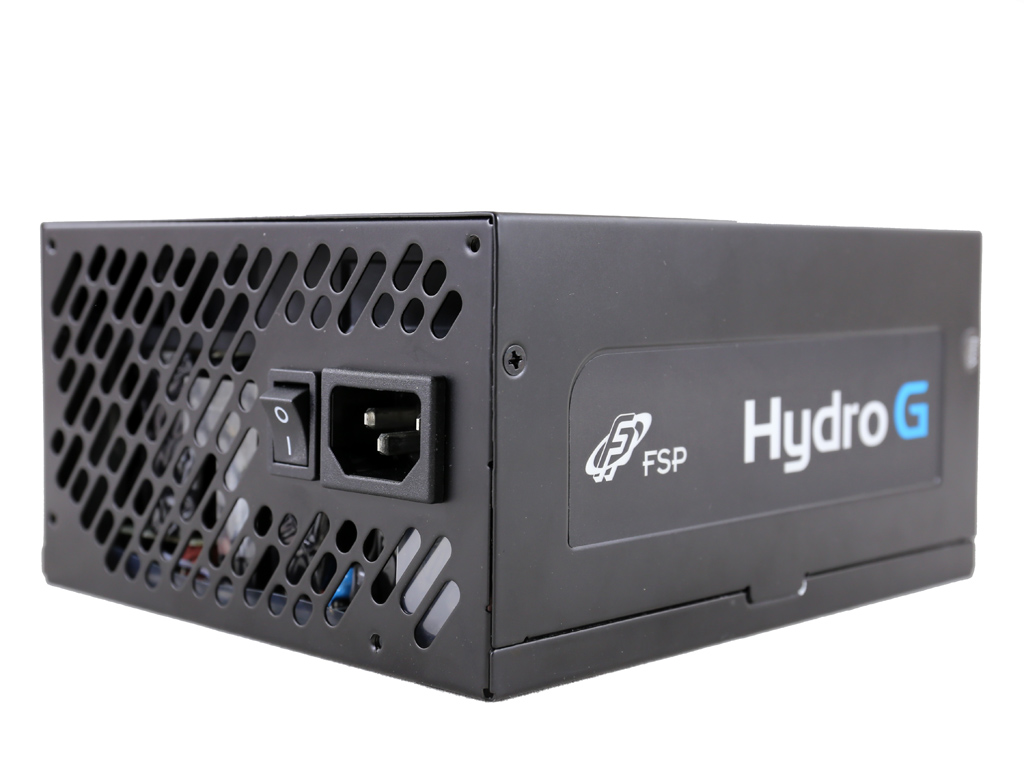FSP Hydro G 650 Power Supply Review
FSP recently released a new PSU platform that mostly addresses gamers. The Hydro G line includes three units, and today we're testing the 650W version. The PSU is 80 Plus Gold certified and features fully modular cabling. Let's see how it performs.
Why you can trust Tom's Hardware
Pros, Cons And Final Verdict
Enthusiasts will undoubtedly find this new FSP platform interesting since it offers good overall performance, including tight load regulation on the +12V rail and good ripple suppression on all of the rails. On top of that, it is efficient and with 115V input we measured a nearly 88 percent overall efficiency score.
Every Hydro G model comes equipped with the most efficient 5VSB rail we've ever seen on a desktop PSU. On top of that, it is very rare to see 3.5A max current output at 5VSB, even in units with over 1kW capacity. Unfortunately, in most cases, power supply manufacturers don't really care about 5VSB, so they use outdated circuits. A characteristic example is Super Flower's celebrated Leadex platform. Despite its popularity, the design has a weak and inefficient 5VSB rail, even as the rest of the design is cutting-edge. We don't know why manufacturers like Super Flower disregard this rail, but FSP sets the example of how to treat 5VSB right.
Besides looking nice and including changeable side stickers, the Hydro G 650 also features modular cabling with high-quality cables and semi-passive operation under light loads. The finish could be better though; we simply don't like glossy finishes because they attract fingerprints and are prone to scratching. It would have been nice for FSP to use a matte finish instead, which is more resistant to fingerprints and scratches.
Again, this PSU's overall performance is excellent, losing only to EVGA's 650 G2, which costs more. So, in the highly important performance per dollar chart, the Hydro G 650 easily takes the lead. FSP sells its Hydro G PSUs at very good prices, and that's going to help move them off of store shelves.
It is always nice to see new additions to the PSU market. Choice is often limited since two or three OEMs dominate the field. As a result, most models are based on the same platforms. We expect FSP to widen its Hydro G line with more PSUs, covering a wider wattage range. In addition, the company should also take a look at the low hold-up time of its power-good signal, which can be tuned to satisfy the ATX specification's requirements. In addition, we would like to see tighter load regulation at 3.3V, although this rail is only lightly used in modern systems.
MORE: Best Power Supplies
MORE: Power Supplies 101
MORE: How We Test Power Supplies
MORE: All Power Supply Content
Aris Mpitziopoulos is a Contributing Editor for Tom's Hardware, covering Power Supplies.
Get Tom's Hardware's best news and in-depth reviews, straight to your inbox.
Follow us on Twitter @tomshardware, on Facebook and on Google+.
Current page: Pros, Cons And Final Verdict
Prev Page Performance, Performance Per Dollar, Noise and Efficiency Ratings
Aris Mpitziopoulos is a contributing editor at Tom's Hardware, covering PSUs.
